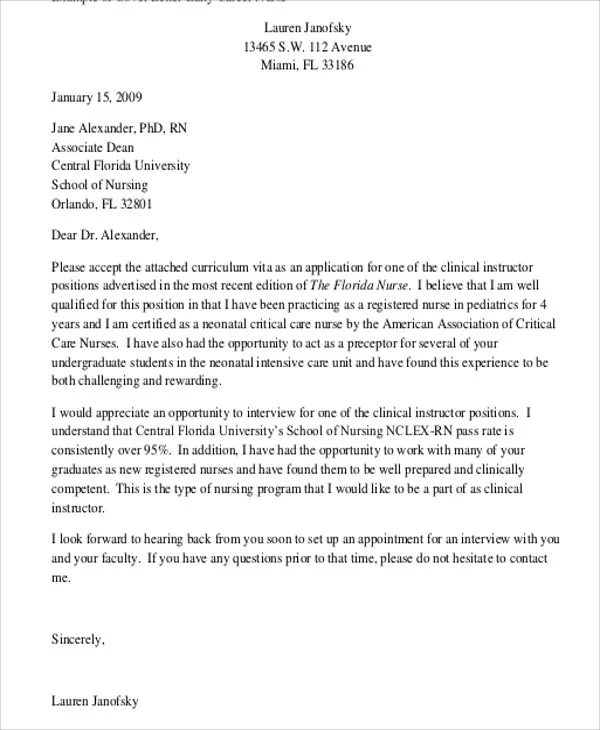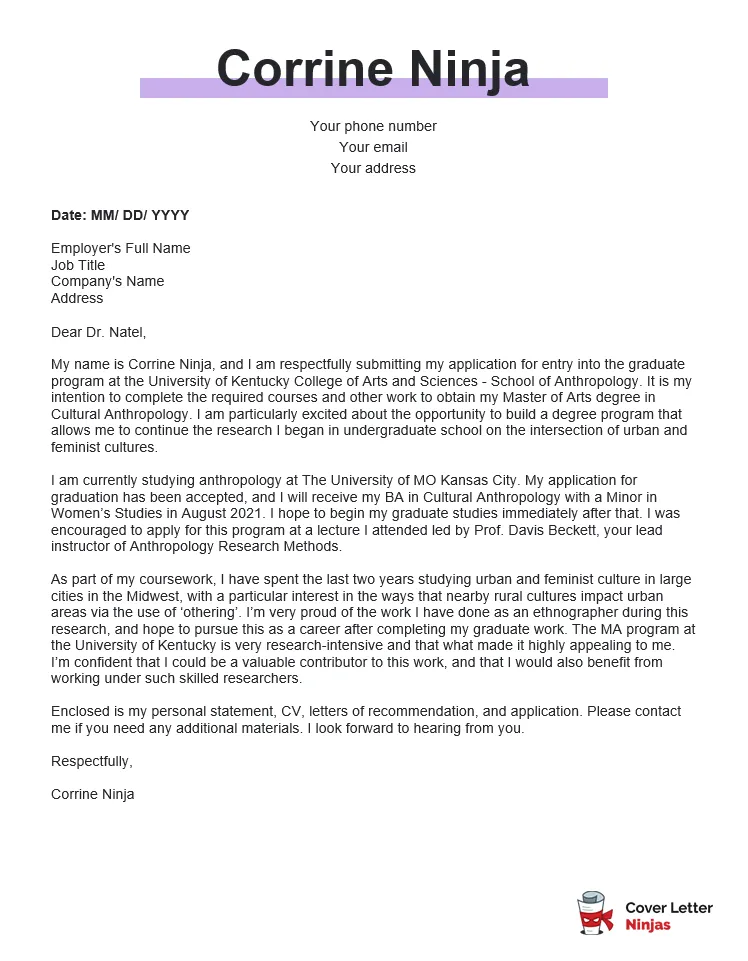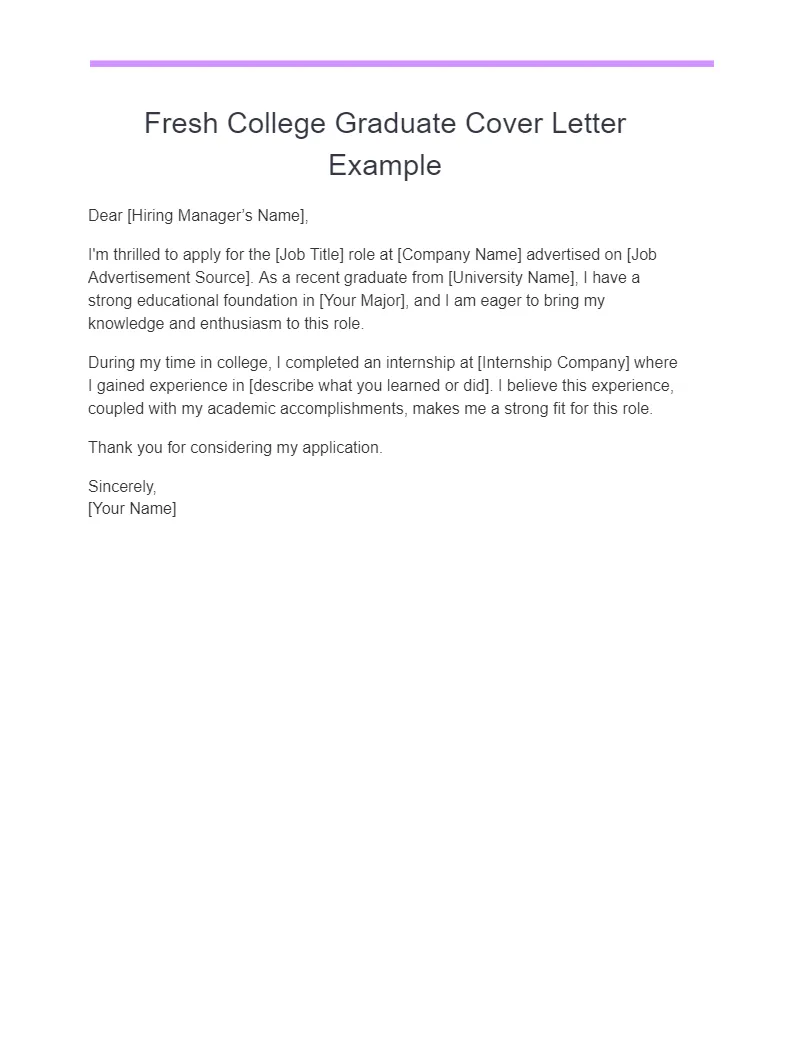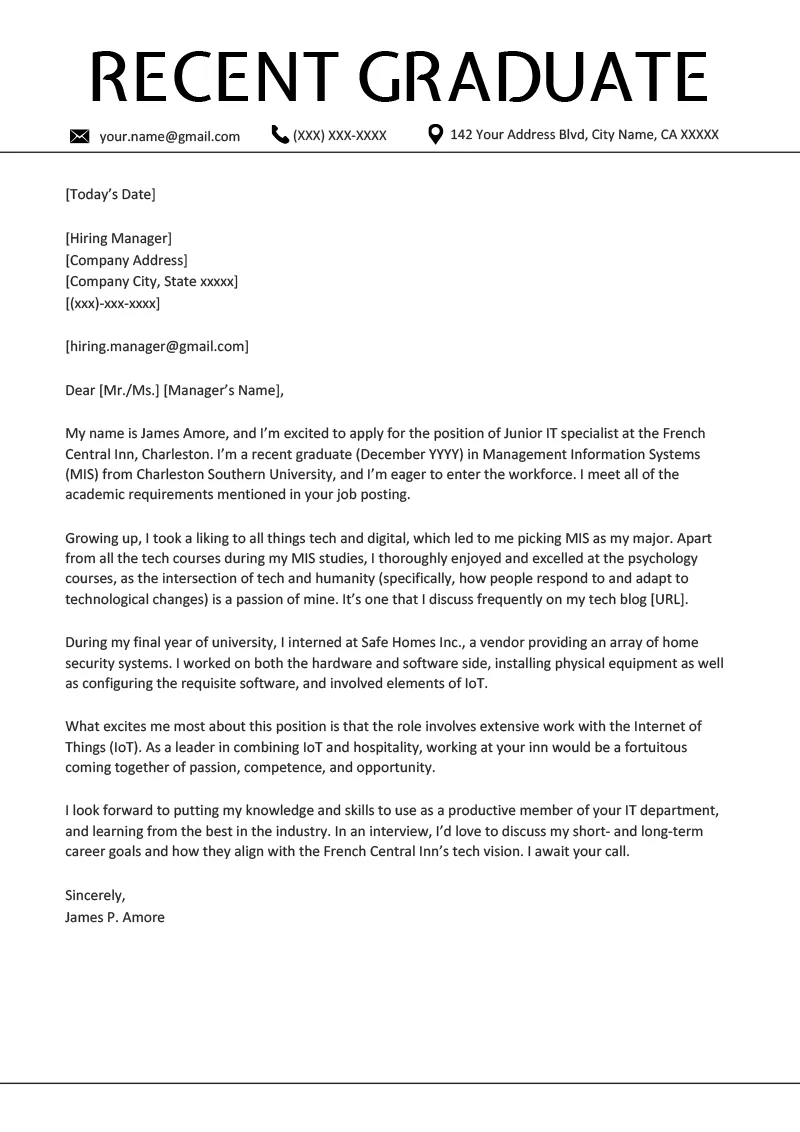Cover Letter for Graduate School Secrets
Applying to graduate school is a significant undertaking, and a well-crafted cover letter is often the key to unlocking the door to your academic future. It’s more than just a formality; it’s your chance to make a compelling first impression, showcasing your unique qualifications, passion, and suitability for the program. This guide reveals five crucial secrets to crafting a cover letter that will capture the attention of admissions committees and significantly increase your chances of acceptance. Mastering these strategies will not only help you stand out but also provide a roadmap for articulating your aspirations and demonstrating your readiness for graduate-level study. Understanding how to effectively communicate your strengths, tailor your message, and present yourself as a perfect fit for the program is paramount. Following these secrets will make the graduate school application process easier.
Highlighting Your Achievements
Your cover letter should serve as a highlight reel of your most impressive achievements. Don’t just list your accomplishments; illustrate them. Provide specific examples of projects, research, or experiences where you excelled. Quantify your achievements whenever possible, using numbers to demonstrate the impact of your work. Focus on outcomes and results. Did you increase sales, streamline a process, or lead a successful team? Showcasing your achievements isn’t about bragging; it’s about demonstrating your capabilities and providing tangible evidence of your potential. Choose accomplishments that are directly relevant to the program you are applying to. This way you can show you’re a good fit.
Quantifying Your Accomplishments

Quantifying your accomplishments transforms them from generic statements into powerful evidence of your abilities. Numbers speak louder than words when it comes to demonstrating impact. Instead of saying “Improved customer satisfaction,” state “Increased customer satisfaction scores by 20% through implementation of new service protocols.” Instead of “Managed social media accounts,” write “Grew social media following by 5,000 followers in six months, resulting in a 15% increase in website traffic.” Quantifying your achievements makes them more credible, memorable, and persuasive. Use data, statistics, and measurable results to showcase the tangible value you brought to your past experiences and how you will bring value to the graduate program.
Tailoring Your Letter
A generic cover letter is a quick way to end up in the rejection pile. Tailor each cover letter to the specific program and institution. Start by thoroughly researching the program. Understand its mission, values, and the specific research interests of the faculty. Demonstrate that you understand what the program is looking for and how your background aligns with their goals. Mention specific courses, faculty members, or research projects that resonate with you. Show that you’ve taken the time to understand the program’s unique aspects and explain why you are a good fit. This level of personalization indicates genuine interest and a commitment to the program.
Researching the Program
Before you start writing, thoroughly research the graduate program you’re applying to. Visit the program’s website, read faculty profiles, and explore recent publications. Look for specific details about the program’s focus, research areas, and faculty interests. Identify key professors whose work aligns with your own academic and professional goals. Showcasing this research demonstrates that you are serious about the program and have a clear understanding of what it offers. By mentioning specific aspects of the program that resonate with you, you demonstrate genuine interest and make it clear that you have chosen this program with intention, not by chance.
Demonstrating Fit

Your cover letter is an opportunity to demonstrate how your experiences, skills, and goals align with the program’s requirements. Clearly articulate why you are a good fit for the program. Explain how your previous coursework, research, or work experience has prepared you for graduate-level study. Highlight the skills and knowledge you’ve gained that will contribute to your success in the program. Connect your past experiences to the program’s objectives. Show that you understand the program’s culture, values, and expectations, and that you are excited to contribute to the academic community. Articulate how your unique perspective and experiences can enrich the program.
Showcasing Passion
Passion is contagious, and a cover letter is the perfect place to showcase your enthusiasm for your field of study. Express your genuine interest in the subject matter and your excitement about the opportunity to learn and contribute to the academic community. Explain what motivates you, what problems you want to solve, or what questions you hope to explore through your graduate studies. Share anecdotes or experiences that illustrate your commitment to the field. Let your enthusiasm shine through in your writing style. A passionate cover letter shows that you’re not just looking for a degree, you’re looking for a fulfilling career. Passion will separate you from the other applicants.
Professional Formatting and Tone
Your cover letter should be a polished and professional document. Use a formal tone and avoid slang, jargon, or overly casual language. Maintain a clear, concise writing style and pay close attention to grammar and spelling. Ensure your cover letter is well-formatted with a clear layout, appropriate margins, and a readable font. Address the letter to the appropriate person, such as the admissions committee chair or a specific faculty member. Proofread your letter carefully to ensure it is free of errors. A professional tone and formatting creates the impression of competence and attention to detail, indicating that you take the application process seriously.
Proofreading and Editing

Before submitting your cover letter, proofread and edit it carefully. Errors in grammar, spelling, or punctuation can undermine your credibility. Ask a friend, family member, or career counselor to review your letter for clarity and accuracy. Ensure your letter flows logically and that your ideas are well-organized and easy to follow. Ensure the letter is free of errors. Consider reading your letter aloud to catch any awkward phrasing or grammatical mistakes. Proofreading isn’t just about catching errors; it’s about ensuring your message is clear, compelling, and reflects your best self.
Call to Action
In your conclusion, reiterate your interest in the program and express your enthusiasm for the opportunity to contribute to the academic community. Thank the admissions committee for their time and consideration. If appropriate, include a call to action, such as “I look forward to hearing from you soon” or “I am eager to discuss my application further during an interview.” A strong call to action reinforces your interest and leaves a positive final impression. End with a professional closing such as “Sincerely” or “Respectfully.” By mastering these secrets, you’ll be well on your way to crafting a compelling cover letter that significantly increases your chances of getting into your dream graduate program. Remember to be yourself and highlight your unique qualities and experiences.
